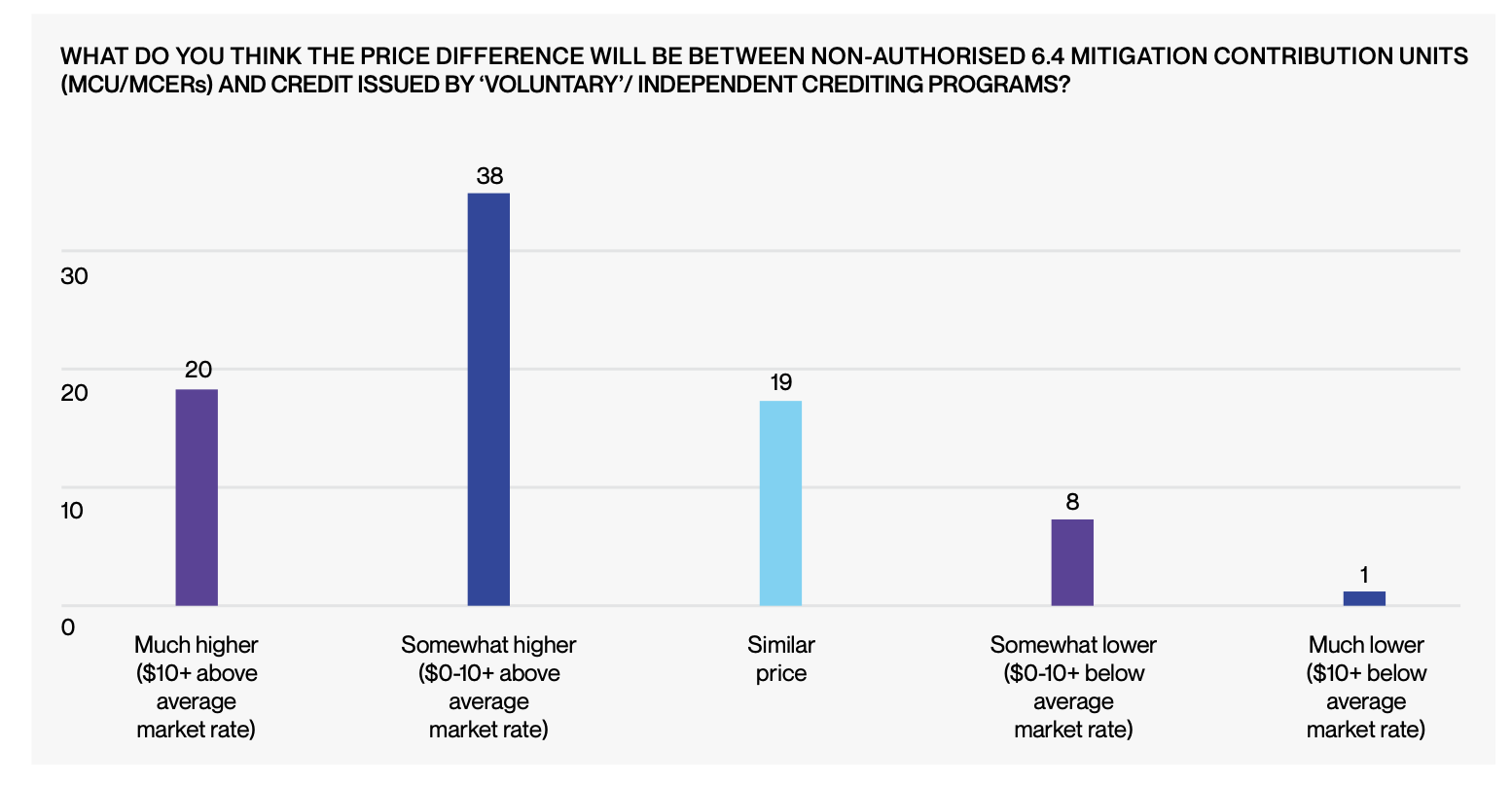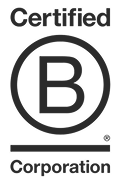On the first day of COP29 in Baku, after years of slow progress, key documents were adopted to pave the way for the full operationalization of Article 6.4—a pivotal development for carbon markets.
The first credits under this centralized, UN-backed carbon crediting program (the Article 6.4 Mechanism, also known as the Paris Agreement Crediting Mechanism) are anticipated by mid-2025. However, the remaining fine print and practical elements will be finalized in the concluding weeks of COP29 and beyond.
Article 6: What is it, and how do Articles 6.2 and 6.4 differ?
Adopted in 2016, the Paris Agreement establishes a framework for international cooperation on climate goals. Within this agreement, Article 6 delineates the rules for global carbon markets, enabling countries and businesses to trade emissions reductions to meet and surpass climate targets.
As described by the IC-VCM, Article 6 introduces two primary carbon market mechanisms:
Article 6.2: trading carbon credits between governments
Article 6.2 provides a framework for how countries approve and report cross-border trading of emissions reductions and removals. The guidance requires countries to report on how they make use of carbon markets to help achieve their Paris Agreement targets (called Nationally Determined Contributions – NDCs). The accounting system also requires countries to report any emissions reductions or removals transferred to or received from other countries, ensuring there is no double counting.
Credits traded through this system are called Internationally Transferred Mitigation Outcomes (ITMOs).
Article 6.4: A UNFCCC-governed carbon-crediting program
The Article 6.4 rules lay out a UN-hosted carbon-crediting program called the Paris Agreement Crediting Mechanism, which will succeed the Kyoto Protocol Clean Development Mechanism (CDM). The Article 6.4 mechanism is still under development, but it is structured similarly to carbon-crediting programs in the independent voluntary carbon market, with a governance structure, requirements for developing carbon projects (including standards and approved methodologies), and a registry system.
Credits issued under this mechanism are called A6.4 Emission Reductions or Internationally Transferred Mitigation Outcomes (ITMOs), depending on whether they are authorized by the host country, and have been subject to corresponding adjustments.
What happened at COP29 regarding Article 6.4?
The Article 6.4 Supervisory Body (SBM), responsible for drafting guidelines for this centralized, UN-backed carbon crediting mechanism, has been deliberating for several years. In its most recent meeting in October 2024, the SBM reached agreements on the standards for the development of methodologies and removals for the Article 6.4 mechanism.
On the first day of COP29 in Baku, after years of slow progress, the Parties to the Paris Agreement reached a significant breakthrough. They adopted key standards for the development and evaluation of carbon crediting methodologies and carbon removal activities. These new standards pave the way for the full operationalization of Article 6.4, with further technical details to be finalized in the post-COP29 discussions.
The quick resolution at COP29 has sparked polarizing reactions. Some parties were critical, as the SBM moved forward without first submitting the standards to national negotiators for review. This decision was made to break a deadlock after two previous COPs failed to reach consensus on these standards.
What project types will be available under Article 6.4?
The first Article 6.4 methodologies are expected to be released by mid-2025, paving the way for new carbon credits under the Paris Agreement Crediting Mechanism.
The initial wave of eligible credits will transition from the Clean Development Mechanism (CDM). A list of five CDM-era methodologies is currently under review for integration into the new mechanism, including renewable energy, energy efficiency, and landfill gas projects.
A second wave of Article 6.4 issuances, featuring entirely new methodologies for both emission reductions and removals, is anticipated to follow. Documents adopted in October 2024 establish standards for designing methodologies specifically related to removal activities. These can be developed by the Supervisory Body or submitted by project developers.
Despite the novel carbon removal industry’s rapid progress in issuing and selling credits over the past two years, broadly accepted standards are expected to boost demand. The industry has made concerted efforts to influence the Article 6.4 Supervisory Board. For instance, the Carbon Business Council gathered over 100 signatories for a letter urging the adoption of the IPCC definition of carbon removal as well as a flexible approach to existing and future eligible methods in the market. If passed, this UN-issued standard could become the foundation for standardizing various types of carbon removal such as direct air capture, biochar, or enhanced rock weathering.
What is the impact of buyers active in the voluntary carbon market?
While the short-term impact on the voluntary carbon market is minimal, developments around Article 6 of the Paris Agreement have important mid-term implications for carbon credit buyers. Corporate buyers in the voluntary market won't see drastic shifts in their carbon credit procurement this year. However, the advent of the Paris Agreement Crediting Mechanism under Article 6.4 will trigger new market dynamics, reshaping the landscape.
CEEZER highlights the following observations for buyers to monitor in the coming year:
- New class of carbon credits available for purchase: Starting next year, companies will have the option to purchase Article 6.4 Emission Reductions (A6.4ERs), which can be both emission reductions and carbon removal. Host countries must authorize A6.4ERs and account for them via corresponding adjustments (referred to as Internationally Transferred Mitigation Outcome or “ITMO”), otherwise the credits contribute directly to the host country's national target (referred to as A6.4 Mitigation contribution unit or “A6.4MCU”)
- No guarantee of high-integrity credits: Baseline quality will largely depend on the methodologies, standards, and processes employed for each project. As with the existing voluntary carbon market, the specific integrity of Article 6.4 credits must be assessed on a project-by-project basis. While Article 6.4 offers many improvements over the CDM—including the ability to build upon the work of the IC-VCM's CCP, rating agencies, and a more mature market overall—credits should still be rigorously assessed.
- Increasing interest in corresponding adjustments: Trading activity on the CEEZER platform and conversations with buyers and suppliers reveal a growing demand for credits with Letters of Authorization (LoA). These documents confirm that a project's mitigation outcome will be adjusted in the host country's inventory. In essence, it is a practical way to ensure the core Article 6.4 promise before the rules become fully operational. While CORSIA mandates this, buyers beyond the aviation sector are also pursuing correspondingly adjusted credits to avoid double counting issues with host countries. This approach effectively represents a pre-compliance strategy for A6.4ERs ahead of the mechanism's full implementation.
- Increasing demand as voluntary and compliance markets converge: With a UN-governed centralized crediting mechanism, Article 6.4 credits are more likely to be integrated into existing compliance markets (e.g., cap-and-trade systems or carbon taxes). Carbon credit integration is already occurring on a smaller scale in countries like Singapore and Mexico, and is expected to ramp up with Paris Agreement Crediting Mechanism becoming operational. The interplay between national and voluntary carbon markets could boost demand for carbon credits, as corporations may use A6.4ERs for both voluntary and compliance purposes.
- Higher pricing expected for Article 6.4 units: Article 6.4 credits are anticipated to fetch higher prices compared to similar projects in existing voluntary carbon market crediting programs. An IETA survey highlights two key findings:
70% of respondents expect non-adjusted Article 6.4 credits (A6.4MCUs) to command a higher price than credits issued by voluntary or independent programs

83% of respondents would be willing to pay a premium for correspondingly adjusted Article 6 credits (ITMOs) compared to carbon credits without a corresponding adjustment.

What are the next steps for Article 6.4?
The operationalization of the Article 6.4 mechanism is likely to trigger an influx of private capital from both corporate entities and financial institutions to fund mitigation measures.
Project methodologies under the Article 6.4 mechanism are anticipated to be ready for project registration in mid-2025. CEEZER is already indicating projects with a LoA under Article 6.2, and will feature credits from the first wave of Article 6.4 units on the platform if high-integrity credits meeting CEEZER’s rigorous risk assessment criteria become available. For detailed updates of Article 6 developments, refer to UNFCCC’s page on the Paris Agreement Crediting Mechanism or Carbon Gap's tracker on this topic.
To gain deeper insights into CEEZER's market perspective and the offerings, get in touch or book a demo today.
.jpeg)
.jpg)




